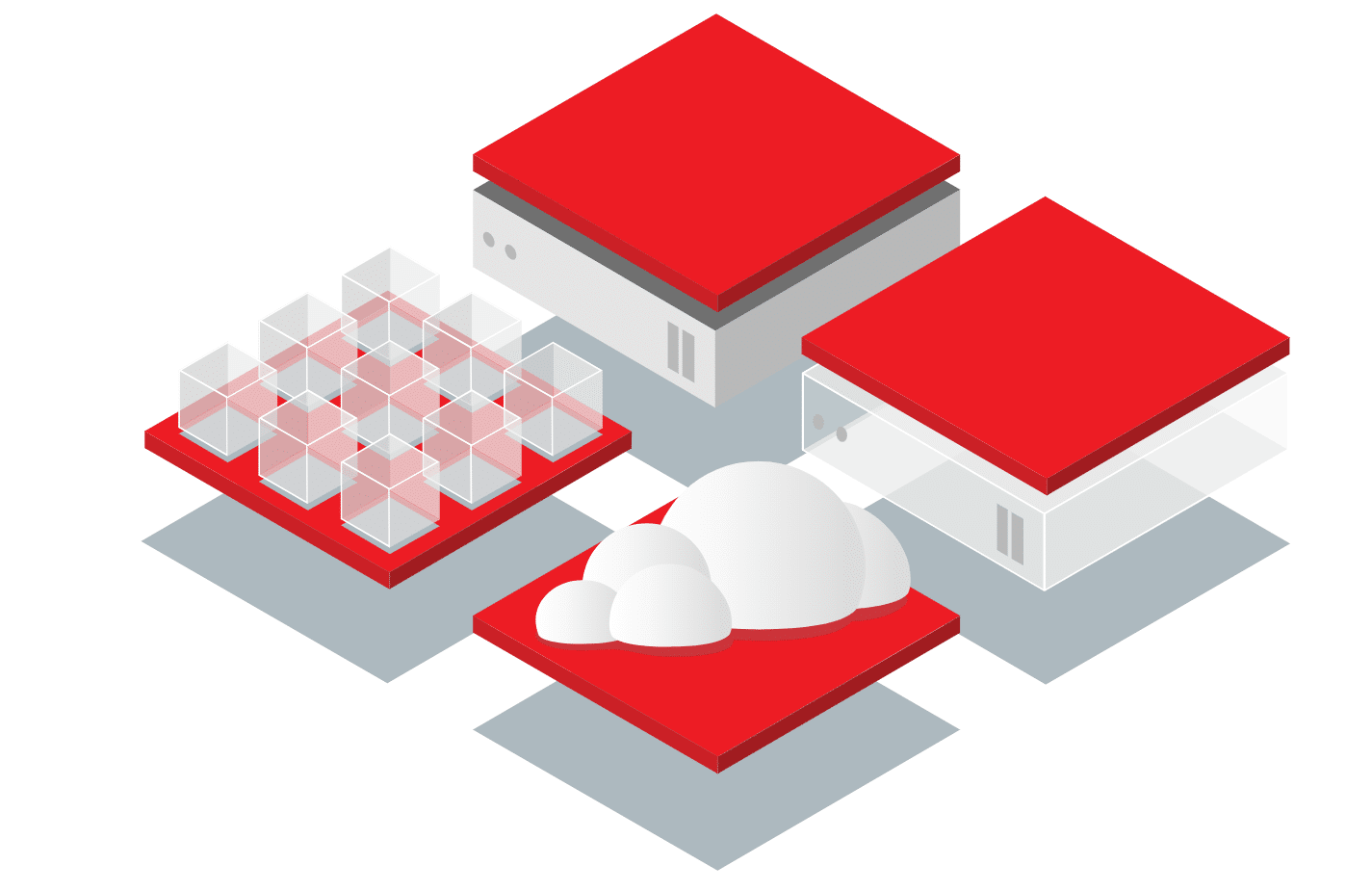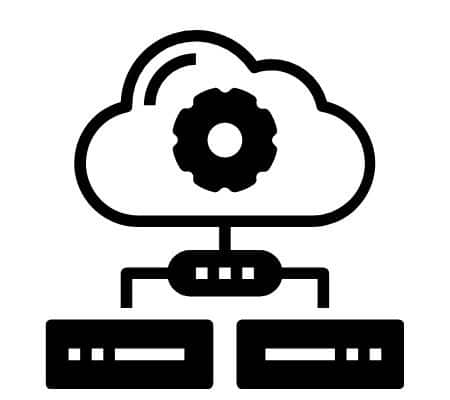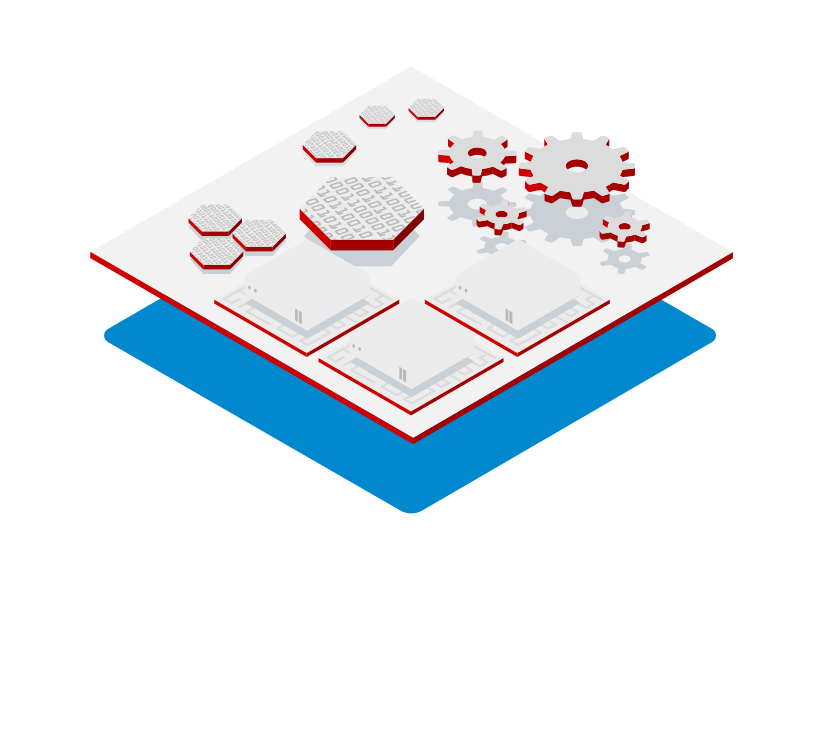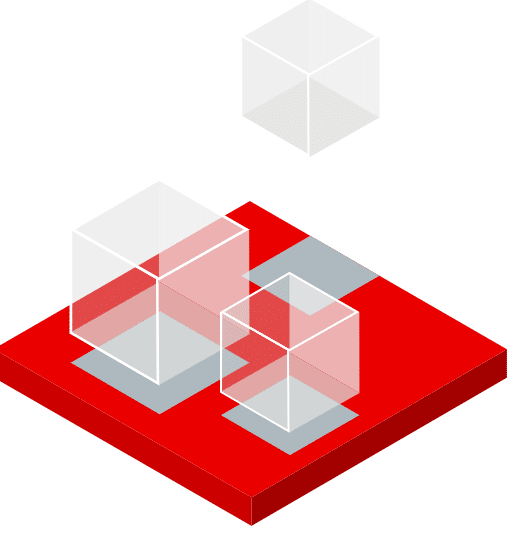Red Hat is a company that has been around for over 20 years and in that time has become a global leader in the open source software market. Its products have found favour with businesses and organisations of all sizes, thanks to the many benefits they offer. In this article, we will take a closer look at Red Hat, its history, its markets and the benefits of its solutions. We will also explore some of its most popular products and why they have become so popular.
The Red Hat Company and its history
Red Hat is a publicly traded company headquartered in Raleigh, North Carolina. It has been in business for more than 20 years and currently employs more than 10,000 people. It has offices around the world, including Asia Pacific, Europe and the Americas. Its most recent financial report showed that it had revenues of $2.5 billion in its 2017 fiscal year.

Red Hat was founded on 26 March 1993 by Bob Young and Marc Ewing, both of whom are still involved in the company today. From day one, Red Hat's business model was based on three main pillars: support subscriptions, consulting services and software products. These principles proved successful from day one: within six months, Red Hat employed 25 people, while only one of the original company's co-founders remained.
Red Hat's markets and the benefits of its solutions
Red Hat offers a range of products that have been built on open source software. Using these products allows customers to benefit from a low cost of entry as well as reduced long-term costs through subscription fees, which are kept low by Red Hat's revenue model.
In addition, subscriptions offer a number of benefits, such as automatic updates and upgrades at no additional cost, access to Red Hat product engineers and 24/7 support services.
Subscribers can choose between three different options: an entry-level package, known as Basic Support, Advanced Support, which includes enterprise features, or Full Support, which provides a complete support service.
Red Hat also offers consulting services, which can help customers get the most out of open source. These services are available through a global network of experts who provide hands-on assistance and in-depth technical knowledge. In addition, Red Hat offers training and certification for those who want to learn more about its products.
Understanding Red Hat's products
Red Hat is a global software leader that has been innovating since 1993. Red Hat's product portfolio includes operating systems, virtualisation, cloud computing, storage solutions and middleware . Its most popular product line is Red Hat Enterprise Linux, a Linux distribution designed specifically for the enterprise market. Its open source nature ensures a low cost of entry as well as long-term savings through subscription fees.
The company also offers hundreds of other popular products such as virtualisation, storage and middleware solutions. These products are available on a stand-alone basis or through short- or long-term subscriptions
Red Hat Enterprise Linux is a software product that enables users to create secure, high-performance Linux operating system environments with full compatibility with other Red Hat solutions. This solution also provides an additional layer of security for enterprise customers
Today, Red Hat has become the world's leading open source company. It is now the second largest open source company by revenue. It serves many different markets and works with industry leaders such as Intel, HPE, IBM, Oracle and VMware, etc.
By offering its products on a subscription basis, Red Hat has been able to modernise traditional business models by allowing customers to easily scale their infrastructure with low entry costs and long lifetimes.
Red Hat products
Since its inception, Red Hat has offered a range of solutions, all based on open source software. Among their most notable offerings are:

Red hat Enterprise Linux (RHEL)
A platform that delivers consistent performance and reduces costs for mission-critical applications. In addition to RHEL Server, it includes a server for storage applications such as Swift, Hadoop clusters and Ceph Block Device deployments. It also comes with Red Hat Virtualization Host for server virtualization with KVM support.

Red Hat Enterprise Linux Atomic Host
Provides advanced infrastructure-as-code capabilities for container deployments.

Red Hat Open Stack Platform
An application development and hosting tool that provides scalable cloud services. It is available in three different editions: Standard, Advanced and Developer.

OpenShift Container Platform
The platform is based on Kubernetes technology and provides open source enterprise containers for hybrid cloud applications. It comprises four main products: OpenShift Origin, OpenShift Online (hosted multi-tenant), OpenShift Dedicated (bare metal multi-tenant) and OpenShift platform (multi-cloud).
JBoss Middleware offers a range of Java middleware designed to meet the needs of modern IT organisations. The JBoss Enterprise Application Platform includes the following components: JBossAS 7 Application Server, JBDS IDE, WildFly application server, Portal platform for customer Self- Service applications, Identity & Access Management software.

Red Hat Mobile, the mobile solution
Red Hat Mobile is a complete enterprise mobile solution that includes mobile device management, mobile backend as a service, and mobile application development tools.

Red Hat CloudForms
Finally, Red Hat CloudForms is an all-in-one cloud infrastructure management tool for managing hybrid cloud infrastructure and services.
Red Hat has positioned itself as an open source leader, as evidenced by the products it offers to its customers. It now controls more than 70% of the enterprise Linux market and is transforming itself into a true cloud solutions provider.
Presentation of free software (Open Source)
The free software movement developed in the 1960s and advocates access to freely distributed computer source code. Over time, Richard Stallman formalised the definition of "free software" as a concept that advocates four types of freedom:
The first type
Users must be able to run the programme as they wish. For example, they should be allowed to copy and distribute it as many times or as widely as they wish without any form of payment. They also have the right to use the source code of the programme to learn how it works and to change its behaviour accordingly.
The second type
The second point means that they must be able to study and modify the programme in such a way that each user can control it.
The third type
The third type is the right to use the work you have created for yourself. In other words, anyone who has written a particular program should be able to compile and distribute that version on their own if they wish. If someone else then modifies that program, their version should be just as free as yours.
The Fourth Kind
The final point is to give users access to the four freedoms forever - no matter how many copies of the programme they make and distribute now or in the future
Free software therefore requires access to all four types of freedom: the freedom to run the program as one wishes, and that these freedoms cannot be restricted by any technical means (such as access keys or copy protection).
What exactly does open source mean?
The rights attached to free software mean that anyone can study the source code of a program and modify it as they wish. This type of software is sometimes called "open-source" because the source code and freely distributed programs are freely available, although most free software is not open-source.
This is particularly relevant for businesses, as proprietary software is often prohibitively expensive for small businesses. And even if they can afford it, the licence cannot be transferred on sale or closure, and there is no helpdesk or hotline to call in the event of a problem
The benefits of open source
On the other hand, free software offers many advantages:
For example, if you are a computer scientist or even a hobbyist, learning to use the source code of open source software is essential if you want to make money. The source code allows anyone who can read it to modify and adapt programs to their own needs. Some technical school students have actually found that understanding this type of software has improved their long-term employment prospects.
On various occasions, people have managed to add new features, including: camera management in the Linux operating system, integration with web services such as Facebook, printing features via the Mopria project, etc.
Find out if Red Hat is the best solution for your organisation or simply learn more about all the possible solutions for your business, contact us.
Want to know more about corporate social networks?
Download our free white paper "3 TOOLS for the CIO to improve productivityin his company".
